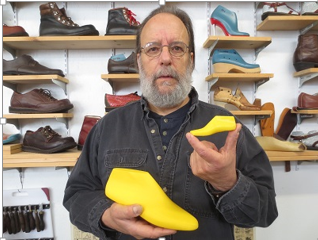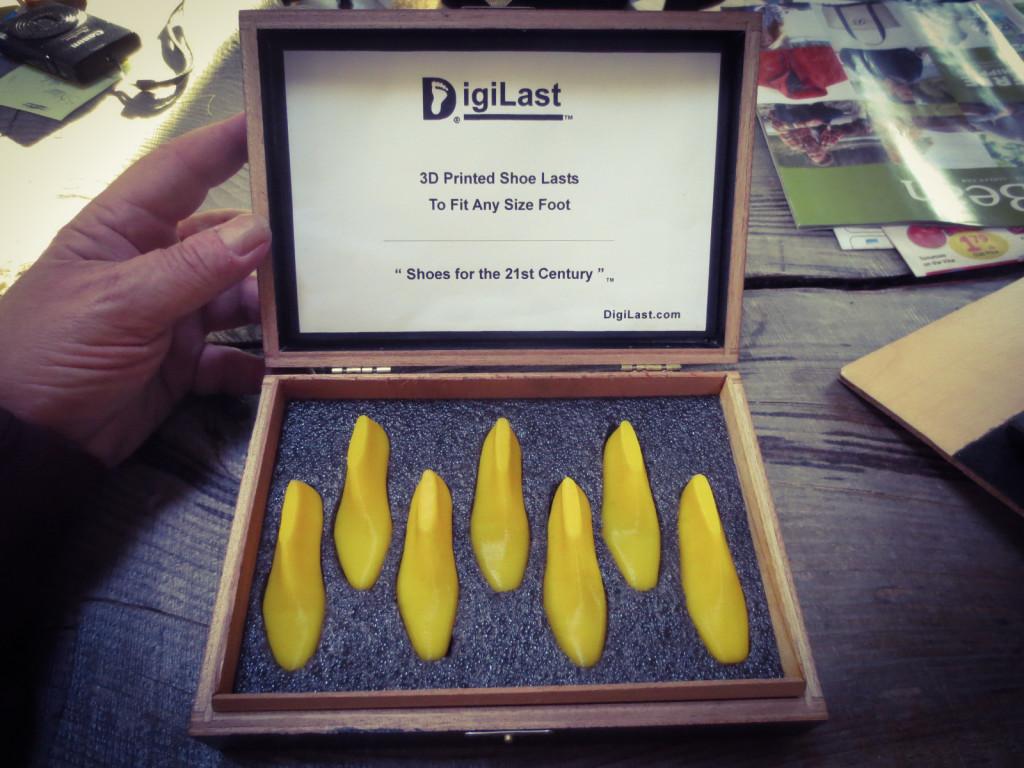 The era of technology is often one rife with ageism. You hear an awful lot about ‘the young people’ manipulating today’s electronics and new hardware and software, as well as new startups with a pile of glossy looking 20 something, barely shaving, hipsters at the helm. These whippersnappers are blowing everyone’s blowing minds, creating and participating in the new industrial revolution, and rocking tradition as we know it. That of course is a very narrow view, though, of technology and its users today–and especially 3D printing. Many who are behind it are pushing it forward, and are using today’s technology to its greatest potential may boast well more than a few gray hairs.
The era of technology is often one rife with ageism. You hear an awful lot about ‘the young people’ manipulating today’s electronics and new hardware and software, as well as new startups with a pile of glossy looking 20 something, barely shaving, hipsters at the helm. These whippersnappers are blowing everyone’s blowing minds, creating and participating in the new industrial revolution, and rocking tradition as we know it. That of course is a very narrow view, though, of technology and its users today–and especially 3D printing. Many who are behind it are pushing it forward, and are using today’s technology to its greatest potential may boast well more than a few gray hairs.
Now, I’m not speaking for Alan Zerobnick’s hair color whatsoever, but it is inspirational to point out that at 70, he is busy still teaching the youngsters a thing or two–and in a very relevant area of 3D printing: shoemaking. The footwear industry is one that we seem to follow continually in regards to 3D printing, as it is one that so perfectly can embrace all the benefits, from personalization and customization to speed in production to–best of all–greater affordability.
Zerobnick, of Port Townsend, Washington, founded Shoeschool in 1981. Essentially the predecessor what we might think of as a shoe makerspace, he developed a communal work area for shoemakers where they could group together while crafting customized shoes, completely from hand. That process for a pair of shoes took about five days–from sandals to formals–and absolutely no pre-assembly involved.
Students learned how to make the shoes through Zerobnick’s hands-on instruction. They also learned how important the ‘shoe last’ is in craftsmanship as it is a true model of the foot and is crucial in its use for molding materials–as well as for determining (very importantly, as we all know!) the comfort of the shoe.
With customization being of such absolute importance in footwear made entirely from scratch, Zerobnick worked to perfect a software program years ago to make life easier, and perfection more attainable. As 3D printing became available however, Zerobnik, a passionate technogeek, embraced the technology, well aware of how many benefits it had for his business. The only problem was that 3D printers did not embrace the files emanating from his own software.
Zerobnick’s IGES files using NURBS (Non-Uniform Rational B-Spline) simply were not going to work with a 3D printer. He needed a way to convert them so they would be suitable for 3D printing, but realized conversion would be quite the challenge due to the complexity and shape of the content.
“The IGES – NURBS models used for converting the shoe lasts are completely amorphous surfaces, comprised of compound curves, with no straight lines or flat surfaces,” said Zerobnik.
Producing even a slightly damaged file as a result would be a waste of time, obviously reducing the quality of his shoes. The conversion to the .stl, .obj, or other polygonal format was needed.
Zerobnik found a solution though, much to his delight–and that of the creators of Russia-based CAD Exchanger as well. With CAD Exchanger, Zerobnik has been able to address all previous conversion challenges. This is due to the help of the patent-pending algorithms that process the IGES NURBS surfaces, as well as ‘healing’ the damaged edges and surfaces.
According to the CAD Exchanger team, the software supports most broadly used formats and can efficiently exchange product assembly structures, B-Rep and polygonal representations, properties, materials, colors and other meta data.
Now, Zerobnik’s classes have progressed to teaching the future generation of those interested in crafting shoes, and he shows them how to integrate 3D printing, as well as other technologies, into what was once a much more time-consuming practice. Not only that–he has created 3D printed DigiLast shoe lasts. Let’s hear your thoughts on these techniques in the 3D Printed Show Lasts forum on 3DPB.com.
Subscribe to Our Email Newsletter
Stay up-to-date on all the latest news from the 3D printing industry and receive information and offers from third party vendors.
You May Also Like
Gorilla Sports GE’s First 3D Printed Titanium Cast
How do you help a gorilla with a broken arm? Sounds like the start of a bad joke a zookeeper might tell, but it’s an actual dilemma recently faced by...
Nylon 3D Printed Parts Made More Functional with Coatings & Colors
Parts 3D printed from polyamide (PA, Nylon) 12 using powder bed fusion (PBF) are a mainstay in the additive manufacturing (AM) industry. While post-finishing processes have improved the porosity of...
$25M to Back Sintavia’s Largest Expansion of Metal 3D Printing Capacity Since 2019
Sintavia, the digital manufacturing company specializing in mission-critical parts for strategic sectors, announced a $25 million investment to increase its production capacity, the largest expansion to its operations since 2019....
Velo3D Initiates Public Offering in a Bid to Strengthen Financial Foundations and Drive Future Growth
Velo3D (NYSE: VLD) has been among a number of publicly traded 3D printing firms that have attempted to weather the current macroeconomic climate. After posting a challenging financial report for 2023,...


































